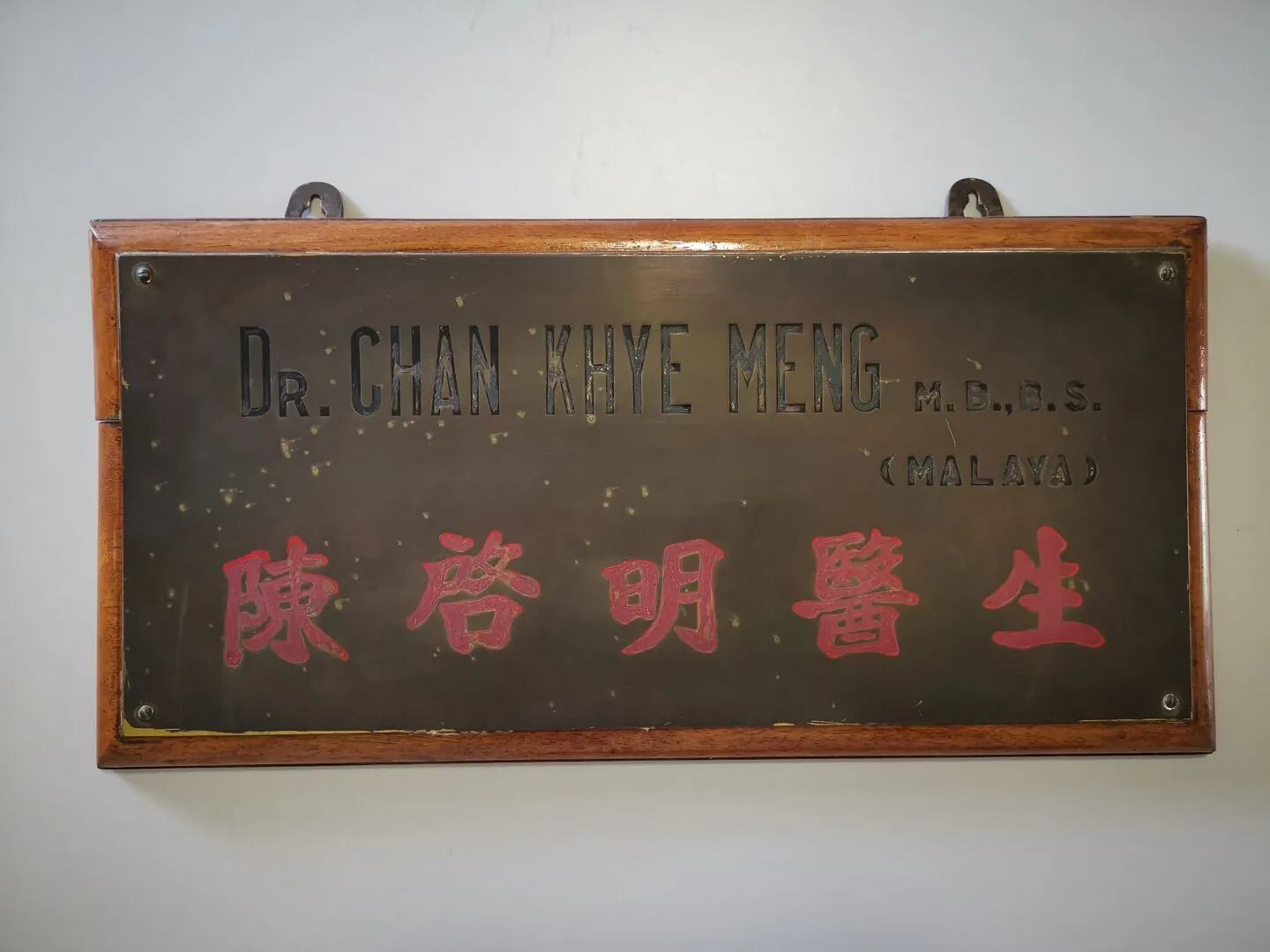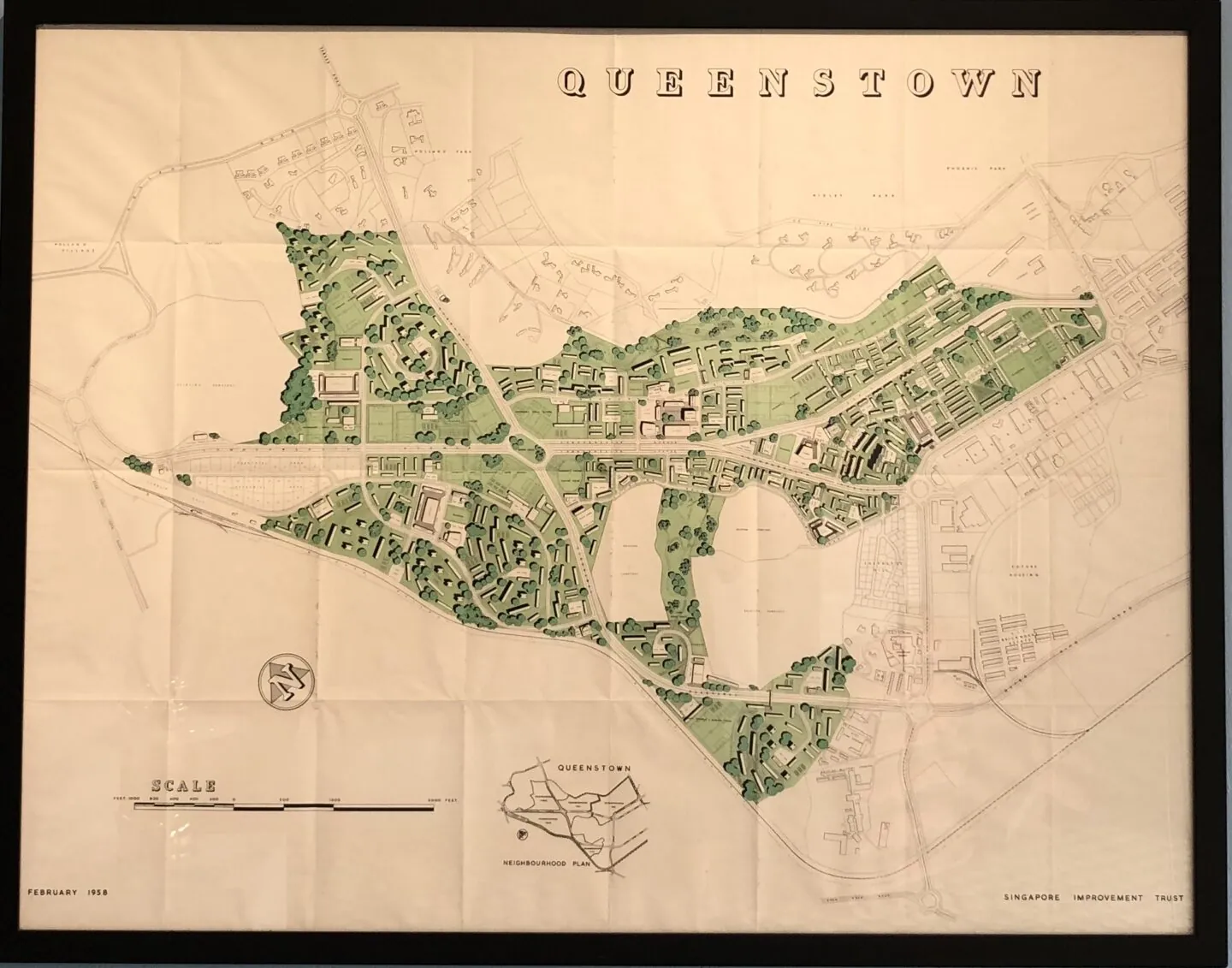Preserving community history with Wikibase
Christos Varvantakis

An interview with Singapore’s My Community
In this interview we learned about the mission and initiatives of My Community, a nonprofit organization dedicated to preserving the stories of ordinary people in Singapore through community-run archives. Central to its efforts is the Queenstown community archive, which collects artefacts, photographs and oral histories to document the area’s rich cultural heritage. My Community uses Wikibase Cloud to create a searchable digital archive, allowing for greater accessibility and engagement and empowering residents to become stewards of their own heritage. Through this initiative, My Community aims to develop a scalable model for community archives that can be replicated in other neighborhoods, ensuring the preservation and accessibility of Singapore’s cultural history for future generations.
Wikimedia Deutschland: Could you provide an overview of My Community and its mission? What inspired the establishment of My Community, and what are its primary objectives?
My Community: My Community preserves the stories of ordinary people for our collective memory by capturing community narratives, reconnecting individuals to social networks, and deepening heritage appreciation across Singapore. The organization was founded to fill a gap in the representation of everyday people’s stories in national histories, textbooks and heritage sites. Our primary objectives include documenting the social memories of Singapore’s diverse communities, fostering a sense of community by reconnecting people to their local social networks, celebrating the experiences of ordinary citizens to enhance appreciation for Singapore’s heritage, and advocating for greater community involvement in cultural management and urban planning.
The nonprofit organization currently manages a community archive in Queenstown, which collects numerous artefacts, maps, government documents, records, photographs and oral history interviews from residents. By focusing on the everyday person, My Community aims to create a more relatable and engaging understanding of Singapore’s history and culture. We empower residents to become stewards of their own heritage and foster a stronger sense of community spirit. You may learn more about our initiatives at our website.




WMDE: How does My Community engage with local residents and stakeholders to pursue its mission? Could you explain what community-driven archives of cultural heritage entail?
MC: Our target audience includes residents, shopkeepers, volunteers and other community stakeholders in older estates like Queenstown, Tiong Bahru and Bukit Merah. Many of these areas have been affected by the Selective En bloc Redevelopment Scheme (SERS), a government policy to renew older housing estates. For instance, the SERS at Tanglin Halt led to the demolition and relocation of 31 HDB blocks, comprising 3,480 flats, and over 200 hawker and market stalls, neighborhood shops and eating houses. Starting in mid-2019, about 7,000 residents moved out of the neighborhood, the end of an era for this pioneer housing estate.
To keep these community networks intact, our volunteers have been befriending elderly residents and collecting numerous artefacts, photographs and oral-history interviews. These items are used in our community museum and as icebreakers to help residents remember the past and bond with one another. The archives also provide a basis for our social programs to help elderly residents with dementia recall stories of their past.
My Community collects artefacts through door-to-door visits, collection drives, emails and donations. We also recruit volunteers to help set up the archive, which is managed by residents, heritage practitioners and volunteers. Those volunteers come from Singaporean museums and libraries like ISEAS, SMU Library and Home Team Library. Capacity-building workshops transfer skills and build ownership of the archive. Additionally, we organize outreach activities to involve more residents and volunteers in co-managing the archives.
Community archives are crucial in this sense, because they are created and preserved by individuals and groups who want to document their cultural heritage based on shared experiences and interests, often without the help of trained archivists. It is vital to equip everyday individuals with the skills needed to create and maintain a community archive they can call their own.
WMDE: In what ways does My Community use technology, such as Wikibase Cloud, to facilitate community-driven archiving initiatives and promote broader access to cultural heritage materials?
MC: As our community archives continue to grow, there are several challenges that need to be addressed. For one, it’s difficult to use Microsoft Excel and Figshare software to manage larger collections. Also, the archive must be professionally established to ensure the privacy of sensitive information. Finally, setting up and maintaining and staffing a community archive is costly. We must address these challenges in order to maintain the accessibility of Singapore’s community history and heritage for future generations.
Thus My Community has been working with the Wikimedia Foundation to develop, digitize and expand our community archive. We have been able to leverage Wikimedia’s technical and organizational infrastructure to create a digital archive with a searchable catalog. We have also made use of Wikimedia’s database infrastructure (Wikibase.cloud) and media depository (Wikimedia Commons). We have been consulting existing members from the Wikimedia community to learn about current best practices.
It is vital to equip everyday individuals with the skills needed to create and maintain a community archive they can call their own.
Tan Li Qi, Community Organizer at My Community
WMDE: Have there been any challenges that you faced while working with Wikibase Cloud? How did you address them?
MC: One of the initial challenges was related to data modeling. We originally intended to replicate the data structure in Wikidata. However, Wikidata’s size and complexity made it difficult to fully replicate. The degree to which items are interconnected led us down countless rabbit holes; we weren’t sure where to draw the line in linking data. Fortunately, the Wikimedia Deutschland team advised us to directly link our data to Wikidata, which simplified our database and established a clear endpoint.
We also encountered difficulties due to our lack of technical knowledge. Despite comprehensive online documentation and tutorials, our members who lack programming knowledge often found troubleshooting overwhelming. For example, we attempted to set up a reconciliation service for our Wikibase instance using OpenRefine. After going through multiple tutorials, we ran into a roadblock and realized that OpenRefine was not compatible with Wikibase.cloud. Eventually, for mass uploads we adopted the more user-friendly QuickStatements.
WMDE: What strategies does My Community employ to encourage engagement with Wikibase Cloud among community members and volunteers?
MC: Consistency is key. By establishing a regular schedule (e.g., every 2nd and 4th Saturday morning of the month), we have created a reliable framework that allows volunteers to plan their time and also ensures our initiatives are not perceived as one-off events. Regular engagements have been instrumental in keeping residents informed about our initiatives.
Our volunteer team’s continued participation owes a lot to the relationships within teams, which create a positive environment that encourages volunteers to return. Workshops also motivate volunteers; many are drawn to ongoing learning opportunities. Some have stepped up to take on roles as team ICs to bring the team together, creating a self-sustaining system.
MC: Looking ahead, what are My Community’s future plans for using Wikibase Cloud and knowledge management within the community, especially in the context of community-driven archiving of cultural heritage materials?
Eventually, we want to have a scalable model for creating community archives using Wikidata and Wikibase, one where residents and researchers can freely and easily access archival information on our communities. Starting with Singapore’s Queenstown neighborhood as a prototype, we hope to expand the work to other towns in the future. Depending on complexity and scale, we may seek sustained funding to support this endeavor.
Many thanks to Tan Li Qi, Community Organizer at My Community, for the fascinating interview!



No comments yet
Leave a comment